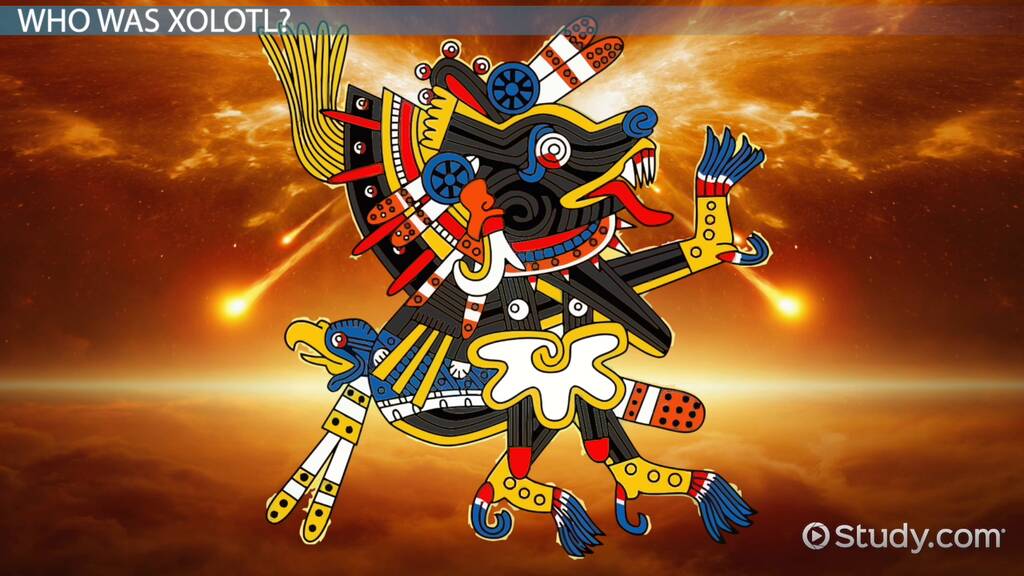The Mesoamerican and Greek civilizations both developed their own deities of the sun: Quetzalcoatl and Apollo, respectively. Despite differing in characteristics, myths, and representation, both deities shared similarities such as their association with the sun, music, and prophecy. Quetzalcoatl, depicted as a feathered serpent, was the god of wind, the morning star, agriculture, and the arts while Apollo, represented as a young and handsome man with a lyre and a bow, was the god of music, poetry, prophecy, healing, and archery. The worship of these powerful gods reveals the universal fascination humanity holds for the sun and its power.
Mesoamerican Quetzalcoatl vs. Greek Apollo: A Comparison of Deities of the Sun
Introduction
The sun has been a powerful symbol of life, warmth, and illumination in many cultures throughout history. In particular, the Mesoamerican and Greek civilizations developed their own deities of the sun, Quetzalcoatl and Apollo, respectively. Despite their geographical and cultural differences, both Quetzalcoatl and Apollo are significant deities in their respective religious traditions. This article aims to explore and compare the characteristics, myths, and representation of these two deities.
Characteristics
Quetzalcoatl, meaning “Feathered Serpent,” is one of the most revered gods in Mesoamerican mythology. He is known as the god of wind, the morning star, agriculture, and the arts. Quetzalcoatl is also associated with the planet Venus, which was considered to be the sun’s twin in Mesoamerican culture. He was depicted with a serpent’s body and feathers, which symbolized his dual nature as an earthbound and celestial deity.
Apollo, on the other hand, is the Greek god of the sun, music, poetry, prophecy, healing, and archery. He was also regarded as the god of truth, light, and beauty. As a major Olympian god, Apollo was depicted as a young and handsome man, often with a lyre and a bow, which represented his association with music and archery, respectively.
Myths
One of the most well-known myths surrounding Quetzalcoatl centers on his creation of humans. According to the myth, Quetzalcoatl sacrificed himself in order to create humans. He cut himself into pieces and used his blood to give life to the first humans. In another myth, he traveled to the underworld to retrieve the bones of his ancestors so that he could create humans with them.
Apollo, on the other hand, has several famous myths surrounding his actions. The most famous of these is the myth of Apollo and Daphne. According to this myth, Apollo fell in love with the nymph Daphne, but she rejected his advances. As he pursued her, Daphne appealed to the river god to help her, who transformed her into a laurel tree. Apollo then made the laurel tree his symbol, wearing a laurel wreath on his head as a sign of his victory.
Representation
Quetzalcoatl was worshipped in Mesoamerica under different forms depending on the region, such as the feathered serpent, cocoon, or jaguar. The feathered serpent, however, was his primary representation. He was often depicted with a human face and a serpent body, wearing a headdress with the feathers of the quetzal bird. He was also associated with the color green, which symbolized growth and renewal.
Apollo was represented in both art and literature as a young and handsome man with a lyre and a bow. He was often depicted with a muscular physique, and he wore a laurel wreath on his head. In literature, Apollo was also represented as a wise and prophetic god, often providing advice and guidance to humans.
Conclusion
In conclusion, both Quetzalcoatl and Apollo were central deities in their respective cultural and religious traditions. Although they had different names, representations, and myths, they shared similar characteristics such as their association with the sun, music, and prophecy. Despite the significant differences between the cultures they originated from, the reverence and admiration for these powerful gods reveal the universal fascination that human beings have always had with the sun and its power.
